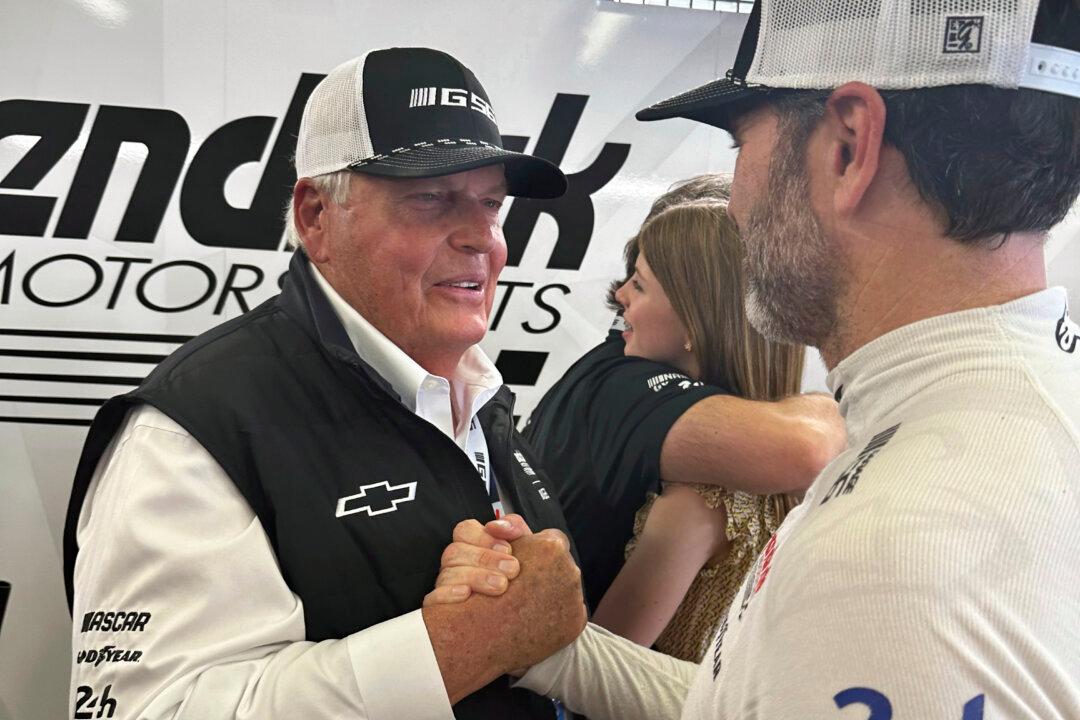LE MANS, France—They started lining up the champagne glasses inside the Hendrick Motorsports garage with 30 minutes remaining in the 24 Hours of Le Mans.
The No. 24 Chevrolet Camaro wasn’t going to win the most prestigious endurance race in the world—the specialized “Garage 56” entry wasn’t eligible for any class victories—but simply completing a full 24 hours was good enough to declare NASCAR’s massive effort to return to Le Mans for the first time since 1976 a smashing success.





